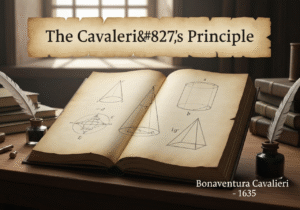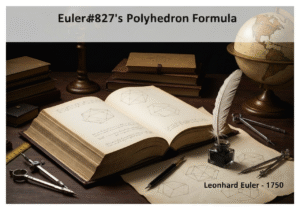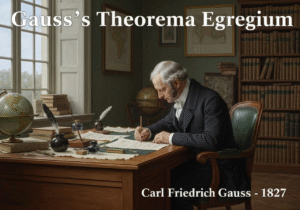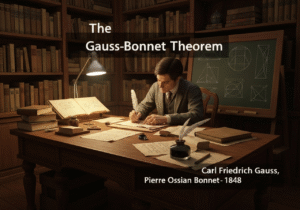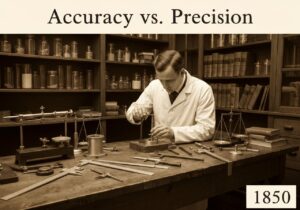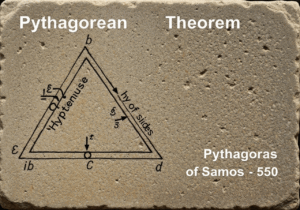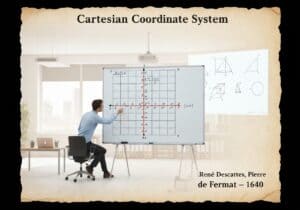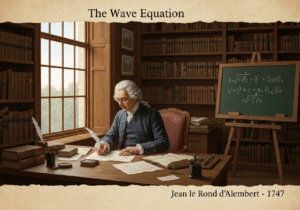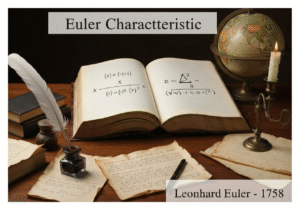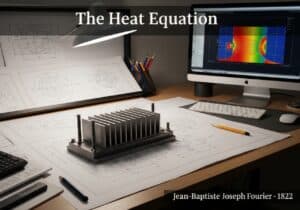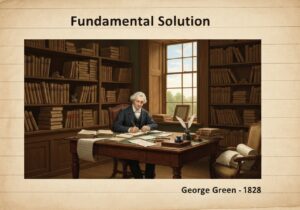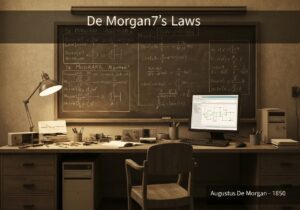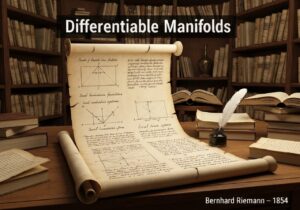A second-order linear elliptic diferencial parcial equation that describes systems in a steady-state or equilibrium condition. It is written as [látex]nabla^2 u = 0[/latex] or [latex]Delta u = 0[/latex], where [latex]nabla^2[/latex] (or [latex]Delta[/latex]) is the Laplace operator. Solutions, called harmonic functions, are the smoothest possible functions and represent potentials in fields like electrostatics, gravitation, and fluid flow.
Ecuación de Laplace
- Pierre-Simon Laplace
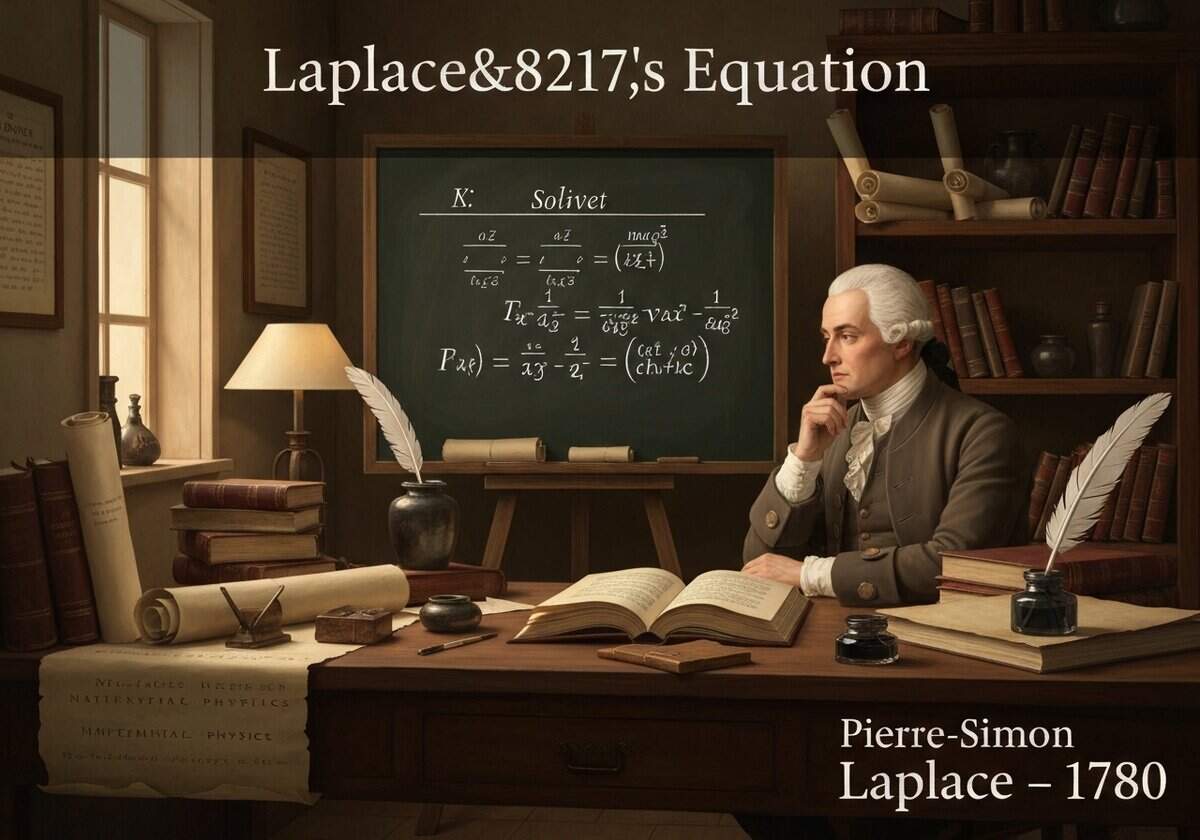
Laplace’s equation is the canonical elliptic PDE. It arises in numerous physical contexts where a quantity is in equilibrium and its value at a point is the average of its values in the surrounding neighborhood. This averaging property is a defining characteristic of its solutions, known as harmonic functions. A direct consequence is the ‘maximum principle’ for harmonic functions, which states that a non-constant solution cannot attain its maximum or minimum value in the interior of its domain; these extrema must lie on the boundary. This prevents, for example, a hot spot from existing in a region of steady-state heat flow unless there is a source there (which would violate [latex]nabla^2 u = 0[/latex]).
Solutions to Laplace’s equation are infinitely differentiable (analytic) even if the boundary conditions are not. This is a remarkable smoothing property, even stronger than that of the ecuación del calor. The problem of finding a solution to Laplace’s equation in a domain given the values of the solution on the boundary is known as the Dirichlet problem. The related Neumann problem specifies the normal derivative on the boundary.
Unlike the time-dependent heat and wave equations, Laplace’s equation is typically solved for boundary value problems, where the entire boundary of a spatial domain influences the solution at every interior point simultaneously. This ‘global’ dependence contrasts with the causal, time-marching nature of parabolic and hyperbolic equations.
Tipo
Disrupción
Utilización
Precursores
- newton’s law of universal gravitation
- coulomb’s law of electrostatics
- concepto de campo potencial de Lagrange
- Desarrollo del cálculo multivariable y del operador de Laplace
Aplicaciones
- Electrostática para calcular el potencial eléctrico en regiones sin carga
- gravitación para determinar el potencial gravitacional
- conducción de calor en estado estacionario
- flujo de fluido incompresible e irrotacional
- describiendo la forma de una película de jabón estirada sobre un marco de alambre
Patentes:
Posibles ideas innovadoras
Membresía obligatoria de Professionals (100% free)
Debes ser miembro de Professionals (100% free) para acceder a este contenido.
DISPONIBLE PARA NUEVOS RETOS
Ingeniero Mecánico, Gerente de Proyectos, Ingeniería de Procesos o I+D
Disponible para un nuevo desafío a corto plazo.
Contáctame en LinkedIn
Integración de electrónica de metal y plástico, diseño a coste, GMP, ergonomía, dispositivos y consumibles de volumen medio a alto, fabricación eficiente, industrias reguladas, CE y FDA, CAD, Solidworks, cinturón negro Lean Sigma, ISO 13485 médico
Estamos buscando un nuevo patrocinador
¿Su empresa o institución se dedica a la técnica, la ciencia o la investigación?
> Envíanos un mensaje <
Recibe todos los artículos nuevos
Gratuito, sin spam, correo electrónico no distribuido ni revendido.
o puedes obtener tu membresía completa -gratis- para acceder a todo el contenido restringido >aquí<
Contexto histórico
Ecuación de Laplace
(si se desconoce la fecha o no es relevante, por ejemplo "mecánica de fluidos", se ofrece una estimación redondeada de su notable aparición)
Invención, innovación y principios técnicos relacionados
